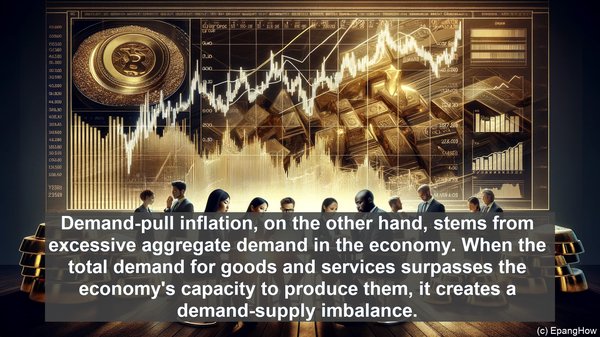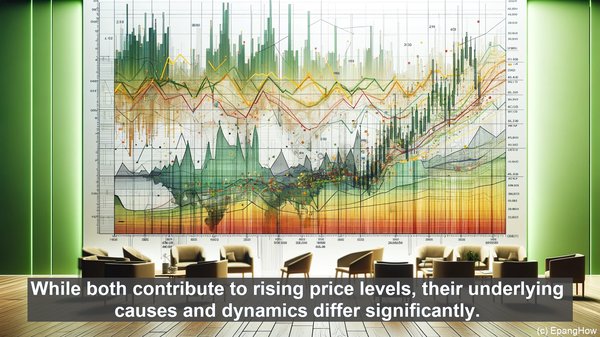Introduction: Inflation as a Multi-faceted Phenomenon
Greetings, audience! Inflation, a crucial aspect of any economy, is not a monolithic concept. Rather, it encompasses various types, each with its own characteristics. Today, we explore two such types: frictional inflation and demand-pull inflation. While both contribute to rising price levels, their underlying causes and dynamics differ significantly.

Frictional Inflation: The Result of Labor Market Dynamics
Frictional inflation, as the name suggests, arises due to frictions in the labor market. When there is a time lag between individuals leaving a job and finding a new one, it leads to temporary unemployment. This unemployment, known as frictional unemployment, can result in wage pressures. As workers search for new opportunities, they may demand higher wages, and employers, in turn, may offer higher salaries to attract talent. These wage increases, when passed on to consumers, contribute to frictional inflation.
Demand-Pull Inflation: The Consequence of Excessive Aggregate Demand
Demand-pull inflation, on the other hand, stems from excessive aggregate demand in the economy. When the total demand for goods and services surpasses the economy’s capacity to produce them, it creates a demand-supply imbalance. In such a scenario, businesses may respond by raising prices, capitalizing on the increased demand. This upward pressure on prices, driven by the overall demand in the economy, characterizes demand-pull inflation.
Distinguishing Factors: Time and Market Dynamics
One key distinction between these two types of inflation lies in their timeframes. Frictional inflation is often short-term in nature, arising from temporary mismatches in the labor market. Demand-pull inflation, on the other hand, can persist for a more extended period, as it is driven by sustained high demand. Additionally, while frictional inflation is more localized, demand-pull inflation tends to be economy-wide, affecting multiple sectors.
Implications: Economic and Policy Considerations
The implications of these two types of inflation also differ. Frictional inflation, being temporary, may not warrant immediate policy interventions. It can even be seen as a sign of a dynamic labor market, with individuals actively seeking better opportunities. Demand-pull inflation, however, can have more far-reaching consequences. It erodes purchasing power, affects the cost of living, and can necessitate policy measures, such as monetary tightening, to curb excessive demand.

